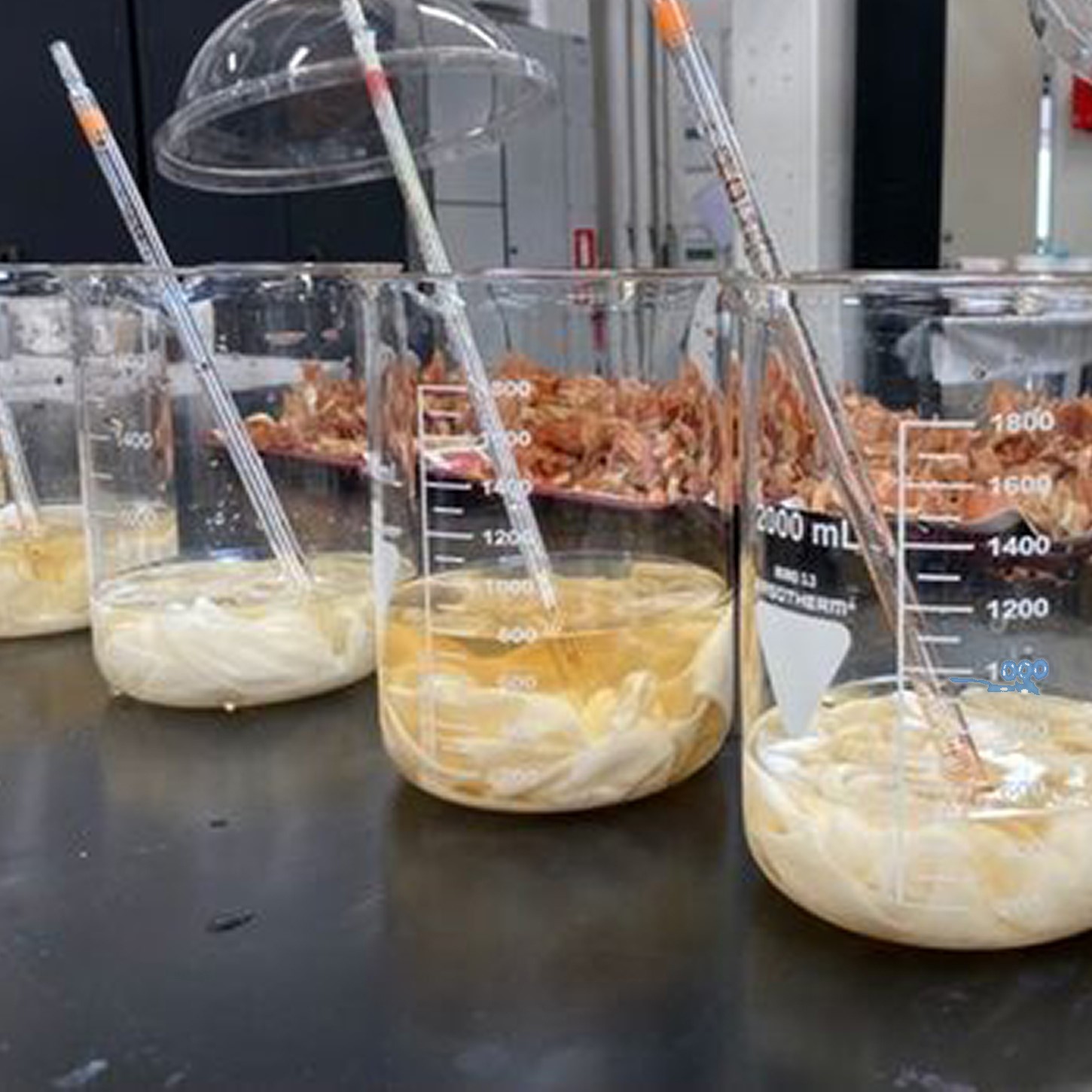From Craft to industry
DOI:
https://doi.org/10.7577/formakademisk.5478Emneord (Nøkkelord):
Natural dyes, Cultural heritage, Traditional craft, Contemporary design, Responsible productionSammendrag
In this paper, we discuss the potential of using traditional knowledge of natural dyes for more sustainable development processes in textile design. Our aim is to help foster a green transition through responsible consumption and production. We investigate the potential for implementing natural dye processes from craft to industrial processes to replace synthetic dyes. We adopt a systematic approach to dyeing and printing with food waste, including walnut shells, avocado skins and onion skins, specifically exploring colourfastness. We have observed that craft methods tend to be ‘forgotten’ due to the zeal for industryalization and the standardizing of products to ensure quality requirements. From students and business partners, we experience requests for natural dyes; however, we are challenged to document colourfastness. Knowledge and documentation are of high importance when we intend to convince industry to learn from traditional crafts. Through a systematic investigation testing traditional recipes and variations in dyed textiles, we experience how textiles perform. Through iterations based on the results, we continue with further experiments and simultaneously discuss whether both the consumer and the industry have to look at quality requirements from a conventional perspective. We argue that current expectations regarding colours and standards must change. Facing radical changes to the way we live, produce and use products, it is important to critically examine our approach to conventional industrial production. In our research, we built knowledge generation on cultural heritage and traditional craft. We argue how this becomes a societal asset influencing users’ behaviour and creates awareness towards sustainable changes in the design and use of textiles.
Referanser
Archroma. (2023.). EarthColors®, a new method of creating warm shades from nature https://www.archroma.com/innovations/earth-colors-by-archroma
Behan, B. (2018). Botanical inks – Plant-to-print dyes, techniques and projects. Quadrille Publishing.
Boutrup, J., & Ellis, C. (2018). The Art and Science of Natural Dyes - Principles, Experiments, and Results. Schiffer Publishing.
Directorate-General for Environment (2022). EU strategy for sustainable and circular textiles https://environment.ec.europa.eu/publications/textiles-strategy_en
Eyand. (2021). Bringing natural color. https://www.eyand.eu/#colors
Hudd, A. (2022). Dyeing for fashion: Why the clothes industry is causing 20% of water pollution. https://www.euronews.com/green/2022/02/26/dyeing-for-fashion-why-the-fashion-industry-is-causing-20-of-water-pollution.
iso.org (2020). Textiles — Tests for colour fastness — Part C06: Colour fastness to domestic and commercial laundering. International Organization for Standardization. https://www.iso.org/standard/51276.html
iso.org (2021). Textiles — Tests for colour fastness — Part X16: Colour fastness to rubbing — Small areas. International Organization for Standardization. https://www.iso.org/standard/65208.html
Mouw, T. (2018, March 16). Tolerancing Part 3: Color Space vs. Color Tolerance. X-Rite. https://www.xrite.com/blog/tolerancing-part-3
oeko-tex.com. (2023).OEKO-TEX® ECO PASSPORT. https://www.oeko-tex.com/en/our-standards/oeko-tex-eco-passport

Nedlastinger
Publisert
Hvordan referere
Utgave
Seksjon
Lisens
Opphavsrett 2023 Inger Marie Ladekarl, Malene Harsaae, Anne Louise Bang, Lena Kramer Pedersen, Tina Cecilie Bull Nielsen, Amalie Ege

Dette verket er lisensiert under Creative Commons Attribution-NoDerivatives 4.0 International License.
- Forfatteren(e) beholder sin opphavs- og kopieringsrett til eget manuskript, men gir tidsskriftet varig rett til 1) å fremføre manuskriptet for offentligheten i den opprinnelig publiserte digitale form, og 2) å registreres og siteres som første publisering av manuskriptet.
- Forfatteren må selv forvalte sine økonomiske kopieringsrettigheter overfor eventuell tredjepart.
- Tidsskriftet gir ingen økonomisk eller annen kompensasjon for innsendte bidrag, medmindre det er gjort særskilt avtale om dette med forfatteren(e).
- Tidsskriftet plikter å arkivere manuskriptet (inklusive metadata) i den opprinnelig publiserte digitale form, i minst ett dertil egnet åpent tilgjengelig langtidsarkiv for digitalt materiell, som for eksempel i de norske universitetenes institusjonsarkiv innen rammen av NORA-samarbeidet.
Verket vil bli publisert OpenAccess med en Creative Commons 4.0-lisens som tillater alle å lese, dele og tilpasse innholdet, også kommersielt, under lisensvilkårene:
Dette verket må tilskrives/ krediteres på riktig måte, en lenke må gis til CC-BY 4.0-lisensen, og endringer som er gjort må angis på en rimelig måte, men ikke på noen måte som antyder at lisensgiveren støtter deg eller din bruk.



